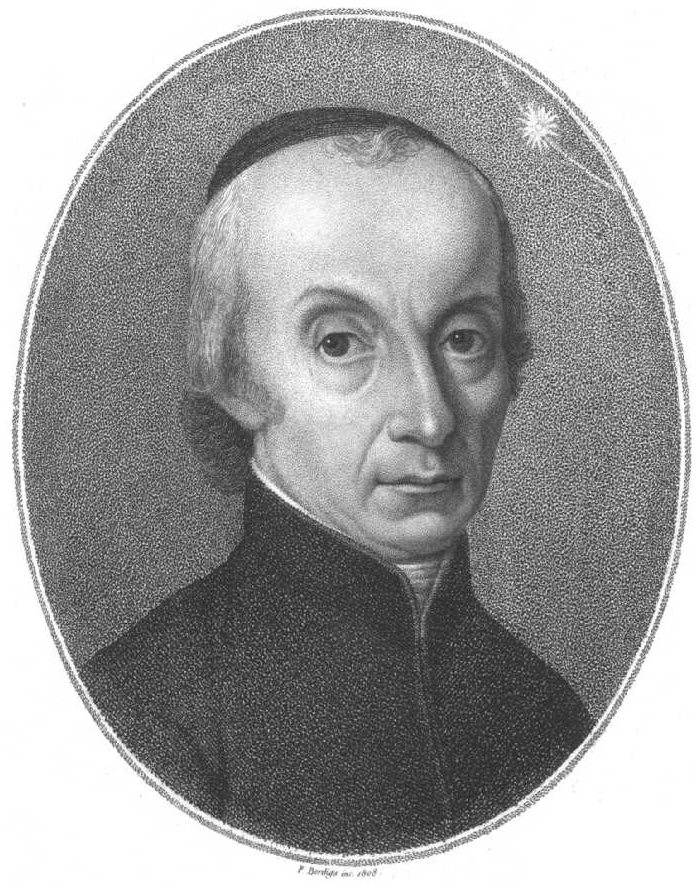Stories from the Cosmos: The Night the Asteroid Story Began

In the early hours of 1801, Giuseppe Piazzi was observing the sky from the newly founded Palermo Observatory in Sicily. He didn't expect to make history that night, although he dedicated a meticulous, methodical, and almost monastic effort to completing a star catalog with a precision unprecedented for his time. However, among the points of light, he detected one that was moving slowly, gliding between the constellations in a manner imperceptible to most. It wasn't a fixed star, nor did it look like a comet. That mysterious object turned out to be Ceres, the first body identified in the asteroid belt between Mars and Jupiter.
Piazzi was no ordinary astronomer. Born in 1746 in a small town in northern Italy, his life was divided between religious cloisters and a passion for knowledge. As a member of the Theatines, he studied theology, philosophy, mathematics, and astronomy in various European cities. His inquisitive spirit and rigorous training led him to occupy the chair of mathematics in Palermo, where he convinced the authorities of the importance of establishing an astronomical observatory. At a time when southern Italy seemed far from European research centers, Piazzi built a beacon of science there that illuminated him.
However, the discovery of Ceres did not bring him immediate recognition. Piazzi had been cautious, reporting that he had observed a "new star," although he soon suspected it was an object moving around the Sun. The discovery was confirmed and celebrated by other astronomers, such as Carl Friedrich Gauss, who developed new mathematical methods to calculate the orbit of the lost object, allowing its visual recovery weeks later.
For a brief time, Ceres was classified as a planet, but Pallas, Juno, Vesta , and other similar bodies were quickly discovered in the same region of the solar system, leading to its redefinition as an asteroid, a category that was just beginning to be understood.
What Piazzi had unwittingly opened was a window onto a new class of celestial bodies, primitive debris from the solar system, the building blocks that never made it into a full planet . Today, these objects have become key pieces in understanding how planets formed, how water came to Earth, and the chemical history of our cosmic neighborhood.

Giuseppe Piazzi. Photo: F. Bordiga. Image from Smithsonian Institute Library
Today, space agencies around the world dedicate enormous resources to tracking and characterizing these bodies. More than a million asteroids have been identified traveling through the solar system, many of them on trajectories that could eventually intersect with Earth's.
The exploration of Ceres continued throughout the 21st century. In 2015, NASA's Dawn mission became the first spacecraft to orbit a dwarf planet, and it did so right around Ceres. The images revealed a surprising world with solitary mountains, salt deposits, signs of cryovolcanic activity, and the possibility of an ancient subsurface ocean. Far from being a simple rock floating between Mars and Jupiter, Ceres is now a priority object of study in astrobiology and planetary geophysics.
Beyond his most famous discovery, Piazzi also left a remarkable legacy in precision astronomy. His Catalogus Stellarum Fixarum , published in 1814 and 1815, compiled the exact positions of over 7,600 stars, correcting errors in earlier catalogs and serving as a basis for navigation and astronomical cartography. He also worked on accurately determining the longitude of Palermo, contributing to the refinement of geographic coordinates at a time when geolocation was a matter of survival for navigators.
Giuseppe Piazzi died in 1826, unaware that centuries later, his Ceres would be claimed again by the headlines, this time as a dwarf planet, in the same category as Pluto . The scientific community would recognize in him not only the discoverer of a celestial body, but also a pioneer in the study of the intermediate worlds of the solar system, those small giants that hold the secrets of our origin.
Astronomical Observatory of the National University
eltiempo





